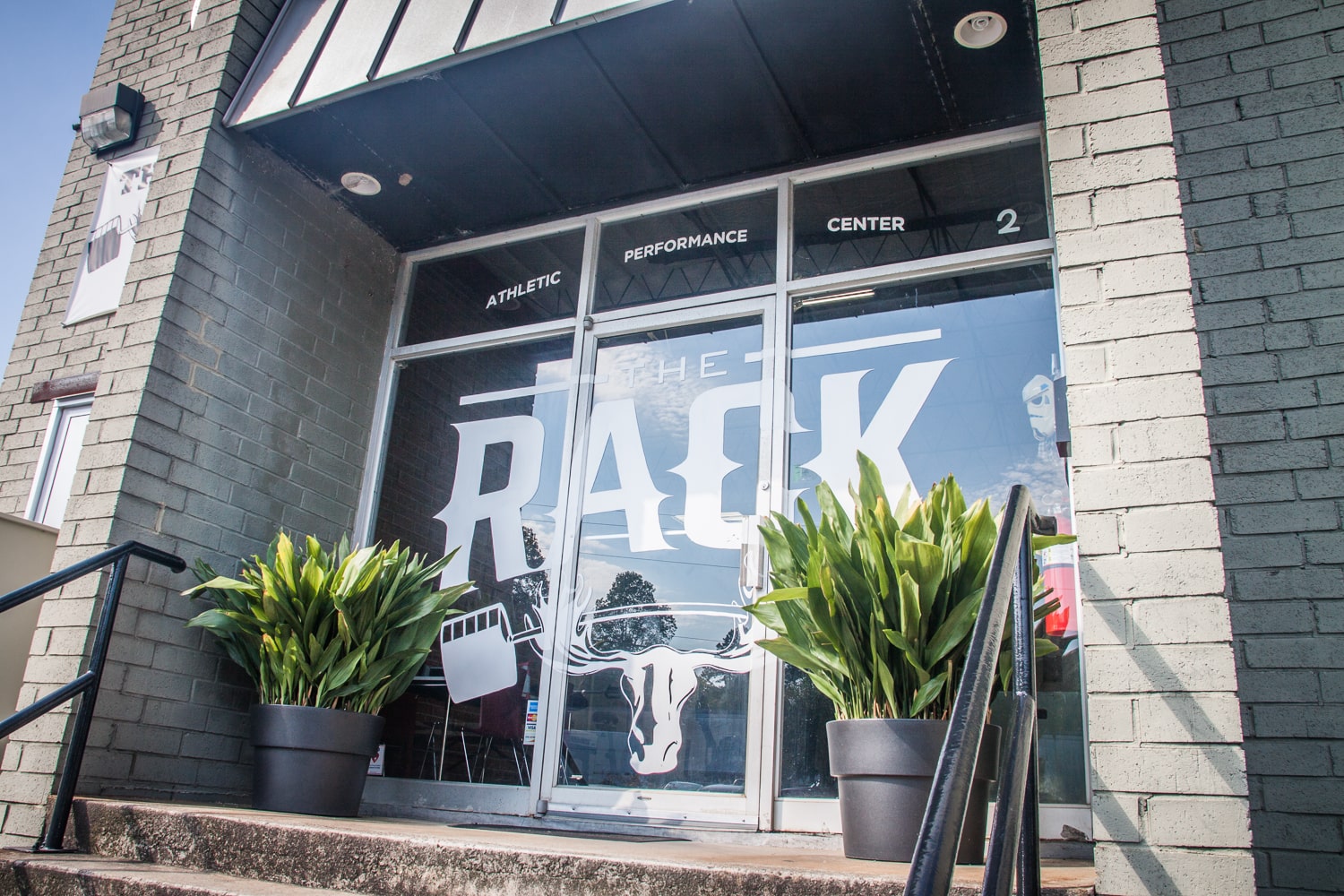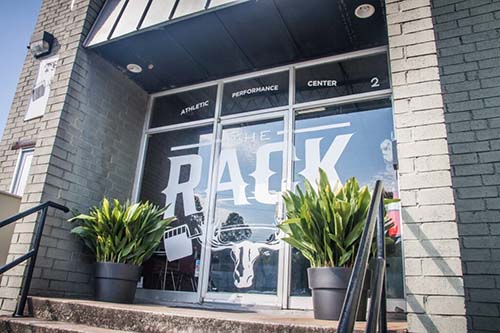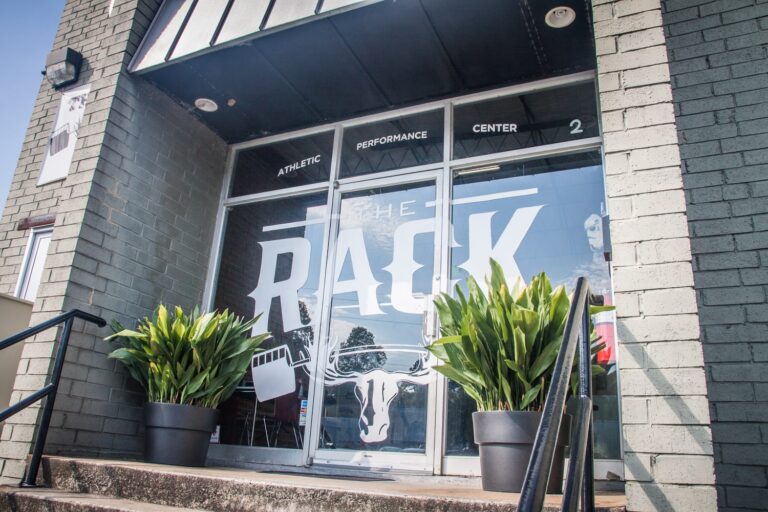Spring into Fitness: Your Core Workouts for Spring

As the frost thaws and we step into the vibrancy of spring, it’s time to shake off the winter sluggishness with some Core Workouts for Spring. This season is not just about blooming flowers; it’s also an ideal time to bloom into your peak physical form. You’ll learn how a strong core is foundational not only for athletes but for anyone looking to enhance their stability, balance, and overall performance.
Exploring the realm of fitness, we’re venturing into workouts that offer a lot more than just chiseled abdominals. From engaging those deep core muscles with Ab Wheel Rollouts to mastering Hanging Knee Raises for lower abs strength – each move is picked with precision. Yet, it’s crucial to grasp that the efficacy of your exertion hinges not only on intensity but equally on the meticulousness of your form, especially in a private gym customizing your workout.
And if you’re pondering safety or where to start based on your fitness level, don’t worry. We’ve got tips on building a stronger core safely and tailoring challenges that fit right in with your journey towards a shredded physique by summer, including Core Workouts for Spring.
Table of Contents:
- The Core Foundation: Understanding Its Role in Athletic Performance
- Spring Into Action: Top Core Workouts for Athletes
- Enhancing Core Workouts With Proper Techniques
- Building a Stronger Core Safely
- Progressive Challenges for Every Fitness Level
- The 31-Day Core Strengthening Journey
- Merging Core Workouts Into Your Daily Routine
- Navigating Setbacks With Professional Guidance
- Conclusion
The Core Foundation: Understanding Its Role in Athletic Performance
Core strength isn’t just about having a shredded 6-pack. It’s the epicenter of our body’s stability, balance, and overall performance. Athletes from all backgrounds can attest to the power of a strong core—it literally holds us together, whether we’re sprinting down a track or lifting weights.
So, what’s the secret sauce in our body that keeps us balanced and on top of our game? Beyond the visible abdominal muscles, it includes deep components like the erector spinae, inner and outer thighs, pelvic floor muscles, and not forgetting the transverse abdominis. Engaging these areas is crucial for athletes aiming to enhance their game. Imagine trying to build a house without laying down a solid foundation first; that’s what skipping out on core workouts is like for athletic performance.
This comprehensive approach ensures not only improved posture but also significantly reduces risks associated with back pain by providing essential support to your lumbar spine during physical activity. Diving into bespoke core training regimens designed with athletes in mind offers immense advantages for those aiming to enhance their physical prowess. Adjusting your workout to fit your unique requirements not only amplifies outcomes but also lessens the likelihood of getting hurt, guiding you toward enhanced wellness and athletic prowess.
Spring Into Action: Top Core Workouts for Athletes
If you’re an athlete looking to step up your game this spring, focusing on your core can make all the difference. A strong core not only helps in achieving that shredded 6-pack but also enhances stability, balance, and overall performance. Let’s explore some top-tier exercises designed with athletes in mind.
Ab Wheel Rollout – A challenging exercise targeting deep core muscles
The Ab Wheel Rollout is no child’s play; it demands strength and control as it targets those deep core muscles crucial for athletic prowess. Starting from a kneeling position, roll out slowly until your body is almost parallel to the ground—then pull back using your abs. This movement engages not just the abdominal area but also challenges the erector spinae and stabilizes shoulder muscles.
To really pack on size while saving joints during these intense workouts, incorporating such exercises into your routine ensures progress towards that coveted 6-pack by spring.
Hanging Knee Raise – Focuses on lower abs and hip flexors
This next exercise zeroes in on those stubborn lower abs and hip flexors—a key muscle group for explosive movements. By hanging from a bar with legs straight down then raising knees towards the chest, Hanging Knee Raises force these areas into action. They’re particularly effective because they don’t just sculpt muscle; they enhance functional strength vital for sprints or jumps.
Cable Crunch – Provides resistance training for the abdominal area
Last but certainly not least is Cable Crunches—an excellent way to add resistance training into an ab workout effectively targeting rectus abdominis without neglecting other essential parts like obliques or transverse abdominis. Here’s where you kneel below a cable machine set at a high pulley position & crunch downwards forcefully against resistance aiming elbows toward mid-thigh which allows precise focus on the abdomen providing comprehensive conditioning of central musculature useful across various sports activities.
Boost your game this spring with top core workouts like Ab Wheel Rollouts, Hanging Knee Raises, and Cable Crunches. They not only aim for that 6-pack but also improve stability, balance, and performance essential for athletes.
Enhancing Core Workouts With Proper Techniques
When it comes to core workouts, nailing the proper form is like finding gold in your backyard. It’s a game-changer. Keeping your knees bent or legs extended at just the right angle can transform an ordinary exercise into a powerhouse move for strengthening those deep-seated core muscles.
Maintaining shoulder level during exercises isn’t just about looking good; it ensures you’re engaging the correct muscle groups while safeguarding against unnecessary strain on your lumbar spine. Imagine holding an invisible line from head to toe – that’s how aligned you want to be.
To get these techniques down pat, start with mastering the basics: ensure your starting position sets you up for success whether that involves having knees bent ready for action or legs stretched out long and strong. Engaging your lumbar spine correctly will make sure every crunch, twist, and hold not only counts but also keeps injury at bay. If unsure where to begin, consider checking out this printable calendar, which offers structured routines designed to gradually build strength while emphasizing safety and form.
Building a Stronger Core Safely
A strong core is your body’s powerhouse, not just for athletes but for everyone looking to reduce back pain and enhance overall fitness. However, diving into core strengthening without caution can lead you down the path of discomfort or injury.
To build core strength safely, start by engaging your pelvic floor muscles during workouts. These are the same muscles you’d use to stop urine flow midstream. By activating them, you provide a solid foundation that supports your spine and abdominal organs during strenuous activities.
Erector spinal muscles are pivotal in preserving back health, acting as the backbone’s support system. This muscle group runs along your spine and works overtime when you’re performing any kind of lifting motion or simply standing up straight. Strengthening these alongside deep core muscles helps ensure stability and prevents low back pain.
Back Pain Prevention: The Unsung Hero
Diving deeper into prevention strategies reveals that building strength gradually is key to avoiding setbacks like lower back pain. Rushing progress might feel productive initially but can cause strain on underprepared muscles leading to discomfort or worse injuries.
Maintaining proper form throughout each exercise ensures effectiveness while minimizing risk; this means keeping movements controlled and aligned with natural body mechanics rather than forcing through repetitions with poor posture.
Safeguard Your Progress With Professional Insight
If experiencing discomfort despite precautions it’s imperative to consult healthcare professionals before pushing further especially if existing conditions could be exacerbated by certain exercises which underscores the importance of professional advice in customizing workout regimes safe enough yet challenging enough as per individual health profiles.
Progressive Challenges for Every Fitness Level
Fitness isn’t one-size-fits-all, especially when it comes to core strengthening. Whether you’re just starting or looking for advanced version exercises to spice up your routine, adapting workouts based on your fitness level is key.
If you’re new to this, prioritize getting your technique right and laying down a solid base. Simple exercises like toe taps and knee raises are perfect starters. As strength improves, adding extra resistance with bands or weights can take these basic moves to the next level.
If you’ve been in the game longer and feel ready for more of a challenge, incorporating advanced versions of classic exercises can help make those abs pop. Think leg raises but from a hanging position to seriously target those lower abs and hip flexors.
Fitness Level Adaptation
Variety is not just the spice of life; it’s also crucial for continuous muscle development. Swapping between different levels of difficulty prevents plateaus in progress. For instance, alternating between seated positions and full extensions during bicycle crunches engages various muscle groups at varying intensities.
By alternating the intensity and style of workouts, this approach guarantees that both novices and experienced sports enthusiasts can pinpoint their optimal training zone while sidestepping fatigue or harm.
Advanced Version Exercises
To keep things interesting (and challenging), integrating equipment like stability balls or TRX straps into core routines introduces new dynamics requiring greater control and precision – hello deep core muscles.
Download our 31-day core-strengthening journey calendar here, designed with weekly bonus challenges focusing on specific muscle groups such as abs and glutes.
Incorporating variations suited to your current fitness level doesn’t only build physical strength but also confidence in your ability to tackle new challenges head-on – making every workout an opportunity for growth both inside and out.
Adapt your core workouts to fit your fitness level for growth and variety. Start simple, then add resistance or advanced moves as you improve. Keep it fresh with equipment like stability balls and TRX straps to challenge different muscles and prevent plateaus.
The 31-Day Core Strengthening Journey
Embarking on a core strengthening journey can transform your athletic performance and general well-being. The structured 31-day plan combines core exercises with walking to make fitness a habit while progressively building strength in the body’s powerhouse.
This program is designed to be inclusive, adapting to different stages of fitness, from novices embarking on their journey to seasoned athletes seeking enhancement, by providing workouts customized for each individual’s skill set. As you progress, weekly bonus challenges targeting specific muscle groups like abs and glutes keep things interesting and push you further.
Bicycle Abs – A dynamic exercise targeting obliques
To start off strong, let’s talk about Bicycle Abs. Far from being a mere routine, this exercise emerges as your clandestine arsenal for chiseling those elusive oblique muscles. Imitating the action of cycling in a prone position, this technique activates various abdominal muscles at once, notably targeting those elusive lateral abdominals.
Keep in mind, that sticking to the plan daily for the entire month is crucial. To help stay on track, download our printable calendar. It breaks down each day’s focus areas and provides space for tracking progress toward making that six-pack pop by spring.
Incorporating different levels of intensity ensures that whether you’re just starting out or looking for an added challenge as your strength improves, there’s always an option suited precisely for where you’re at in your fitness journey.
Merging Core Workouts Into Your Daily Routine
Getting those muscles to pop doesn’t always mean hitting the gym hard. Sometimes, it’s about sneaking in core exercises throughout your day. The beauty of working out core muscles is they recover quickly, letting you train them daily without fatigue. Employing this strategy not only augments vigor but also enhances one’s stance and diminishes corporeal discomfort.
Daily exercise integration can be as simple as choosing stairs over elevators or doing toe taps while brushing your teeth. Incorporating daily routines presents a treasure trove for fortifying our core, bypassing the need to carve out additional moments for exercise.
But how do we make these integrations seamlessly? Initiate by grasping the notion that our physiques yearn for a diverse range of movements. Switching between bicycle crunches one day and planks the next can keep things interesting and effective. Also, remember that every bit counts; even holding a strong posture while seated activates deep core muscles.
If you’re looking for a structured way to kick this into high gear, consider downloading a printable calendar designed for a 31-day walking and core-strengthening journey. It scales from beginner-friendly routines to more advanced challenges ensuring progression at every fitness level.
The key takeaway here is simple: Melding workout routines into daily life isn’t just possible; it’s practical and highly beneficial for athletes aiming to enhance their performance by springtime or anyone wanting a stronger foundation (literally). So next time you’re standing in line or taking work calls—think of it as an opportunity to engage that belly button towards your spine.
Navigating Setbacks With Professional Guidance
Every athlete knows the journey to peak performance is not a straight line. Life’s path to top-notch performance is often a winding one, filled with unexpected detours and occasional hurdles. When these occur, especially if they involve discomfort or you’re looking to safely amp up your workout regime, getting professional advice becomes essential.
Consulting with healthcare professionals before making significant changes in your routine can prevent exacerbation of low back pain or other discomforts that might sideline you from achieving your goals. They offer customized advice based on your unique situation, guaranteeing each move you make is securely grounded.
A personal trainer consultation offers another layer of personalized guidance. Trainers specialize in creating routines that maximize efficiency while minimizing risk. They can adjust exercises based on an individual’s fitness level adaptation, pushing boundaries without crossing lines into unsafe territories.
Moreover, for those experiencing persistent issues like low back pain or who want to ensure their core strengthening efforts pay off without injury risks involved, here’s some additional reading. By focusing on correctly activating crucial muscles with the guidance of a professional, we embark on a journey toward healing and advancement.
In essence, seeking out expert advice isn’t just about fixing problems—it’s about forging a path towards higher achievements with health as the priority. Whether it’s tweaking your form during a cable crunch or deciding when it’s time for advanced version exercises with extra resistance; professional input ensures each move brings you closer to where you want to be—both safely and effectively.
Conclusion
So, you’ve dived into the world of Core Workouts for Spring. You’ve learned that a strong core isn’t just about looking good; it’s about stability, balance, and enhancing athletic performance. You discovered exercises like Ab Wheel Rollouts and Hanging Knee Raises. Remember, technique is key to getting those deep core muscles working right.
We covered safety tips too because building strength safely matters. And we showed how to adjust workouts based on your fitness level – so everyone can make progress. In the end, weaving these exercises into your everyday existence need not be a bewildering challenge. Embracing the correct method transforms core strengthening into an everyday aspect of your identity.
Let this spring be the season you build not just a stronger core but a foundation for overall wellness and peak performance. Absorb these teachings and commit to them wholeheartedly, allowing time for their effects to manifest. The results will follow, especially with guidance from a personal trainer in Chamblee.


